Shutter Island
Reflections on an afternoon with Pentax's first new film camera in almost 20 years.
Film photography is, practically speaking, stupid. There’s no actual advantage you get by tucking a the leader of a perforated roll into the back of some old camera, then peering through a viewfinder you hope almost accurately shows the shot you’ll only be able to see after someone else processes it on your behalf. For decades, digital cameras have made getting technically perfect shots pretty easy for almost anyone. More recently, phones made the idea of a perfect shot irrelevant—people seem to prefer images that feel more loose, less staged. I know this breeziness is the artificial product of artful curation, but it still usually works on me. Sometimes, the curation isn’t even human. One of my favorite images of me and my partner is a composition produced by Google Photos.
Embarrassing, but maybe not as embarrassing as being another twenty-something Brooklynite with more film cameras than dress shoes. Film photography is another one of the many things “Gen Z” is supposedly into, a take I have perpetuated. But I was still surprised to learn that Ricoh was planning to release a new film camera this summer, something they haven’t done in nearly 20 years. Back when I still had a job as a Gear and Gadgets editor (a mere three weeks ago!), I emailed them and asked if I they could share any more specific info about the project. I was expecting a quick pdf, but instead got invited to a small pre-launch media event last Thursday where I’d get to try the camera myself1.
The Ricoh Pentax2 17, officially announced yesterday, is a smarter device than I had been expecting. Unlike most of the new film cameras I’ve seen released recently (including the Kodak Ektar 35 and the Long Weekend 35 mm Film Camera), the Pentax has a lot of twistable dials, levers to wind and buttons to press. It’s kind of a Frankenstein’s monster combination of past Pentax models, constructed primarily from a super light magnesium alloy. Like cameras of old, you have to manually wind up the film each time you want to shoot and similarly rewind it once you’re shot through the whole roll. But given that it’s 2024, the camera also supports a bunch of different shooting modes and settings tweaks, just like the DSLR your dad still brings around on vacation. (Just me?)
After giving us the full low-down, the Ricoh team gave us each a camera to try out for the afternoon. Most of my peers, responsibly, walked with the camera around Ricoh’s midtown east office space, under the gentle supervision of Dan Savoie, the company’s technical solution manager. I, being an unemployed maverick (aspirational), hopped on my bike and headed up to Central Park. I spent the better part of two hours sweating through my shirt as I stopped to take pictures of random nonsense I noticed. I also made Taemin leave his office.
Of note: the camera shoots in a “half-frame” format. You get two vertical images in each single 35mm frame of film. You can split these in your preferred editing software or just enjoy the weird compositions you’ll unintentionally produce. This style of camera is kind of classic, but it’s becoming more common. The aforementioned Kodak Ektar is also a half-frame. The benefit is that you get more shots out of your expensive rolls of film. But when I was using the Pentax 17, it wasn’t immediately obvious to me from the small shot counter whether I was shooting the first frame or the second one. I guess I was supposed to be keeping track in my head, which theoretically could be possible since I was only shooting on one day. But if I actually owned this camera, and had the audacity to put it down for a day or two between uses, I’d probably forget.
For a new film camera, the Pentax 17 is relatively affordable. It costs about $500, slightly less than most well-reviewed digital cameras. But significantly more expensive than my first film camera, a simple point-and-shoot I bought to take on a trip to Colorado. I had basically no idea what features actually mattered, and needed something that I could get by the end of the week. I ended up just scrolling through the listings at the clearly named for SEO optimization Brooklyn Film Camera (yes, singular) and buying the cheapest thing I found in stock. I messed up an entire roll by accidentally pushing the unwind slider—a $10 mistake—but had a blast using it.
I still love that camera, but found one feature problematic. I couldn’t figure out how to consistently control the flash. The shutter was controlled with one button, and you could sometimes make it either work or not work by holding it down in exactly the right way. Literally all I wanted was to be able to not accidentally blind my friends in the middle of a super sunny day.
Armed with the desire for one specific capability, I did what I would have done last year if I had the time: check eBay. I quickly found dozens of point-and-shoot options that let you control the flash. After doing a tiny bit of research on Google, I found a vintage Pentax that was in great condition. With shipping, it cost about $65.
To use it, you turn it on and press the shutter. If you want to manually control whether the flash goes off, you can do that with a clearly marked button next to the shot counter. In other words, it does exactly what I want it to do perfectly.
The Pentax 17 is more complicated. First, you set the ISO rating to make sure it matches your film speed. Then, you scroll through the shooting modes to choose the one you want shoot in. If you aren’t in an “auto” mode, you can twist the lens to choose a focus option ranging from “landscape” to “macro.” And you have even more options for dialing in your preferred exposure length.
When you put your eye up to the viewfinder, you might see a blinking light or two, indicators of an issue. I most commonly saw a quickly blinking blue light, which the product manual says is an “exposure warning.” In my case, it almost always meant that I had forgotten to pull the film advance lever, and I was about to shoot over something. It might also mean your lens cap is on.
It’s certainly nice that new Pentax tells you if you’re about to biff it. I thoroughly enjoyed getting to play around with it. But I didn’t feel too bad when I had to return the camera back. Truth be told, I missed the old Pentax.
This is a problem for Ricoh. The audience for the camera is internet-native youths who like fiddly film experiences. That’s me! And after spending a morning with the Pentax 17, I’m confident I prefer the more streamlined user experience of a traditional point-and-shoot, with far fewer image customization choices.
I suppose you might be wary of buying a used film camera. I can understand that. You might have been burned before by a incorrect, spammy listing. I humbly suggest you do a tiny tiny tiny amount of research and find something, anything, with these two qualities:
has working flash that you can manually turn off and on
is otherwise operational
A truly talented photographer could probably get better images out of the Pentax 17 than one of these more simple options. But someone at my skill level probably isn’t ready for it. You can see it in my extremely amateurish shots. So many of them are out of focus, overly saturated or white balanced wrong. I’m just not that good at photography!
And frankly, I don’t really have any desire to learn how to optimally employ a macro settings to get detailed close up shots or which type of film performs best in specific lighting conditions. I’m willing to bet that, if you’re reading this, you’re in the same boat. So instead of spending a half grand on this new, extremely adjustable film camera, just get one of these.
This is the exact camera I already have and love
You might have to by this one out from under me
Sincere thanks to the Ricoh communications team for not un-inviting me from the event after I got laid off. They totally could have.
I’m still trying to figure out what The DV Digest looks like in a world where I don’t have full-time work. For now, it’s going to be the landing spot for ideas I had kicking around in my head, wanted to write for the Journal, but don’t really make sense to pitch to another outlet. I’m hoping that means they can be pretty unstructured (read: wordy) and fun. Basically, I’m trying to write the type of tech/lifestyle stories I’d actually want to read.
Ricoh has owned the camera business of Pentax for about the last decade and a half, in case you’re confused by the different brand names.



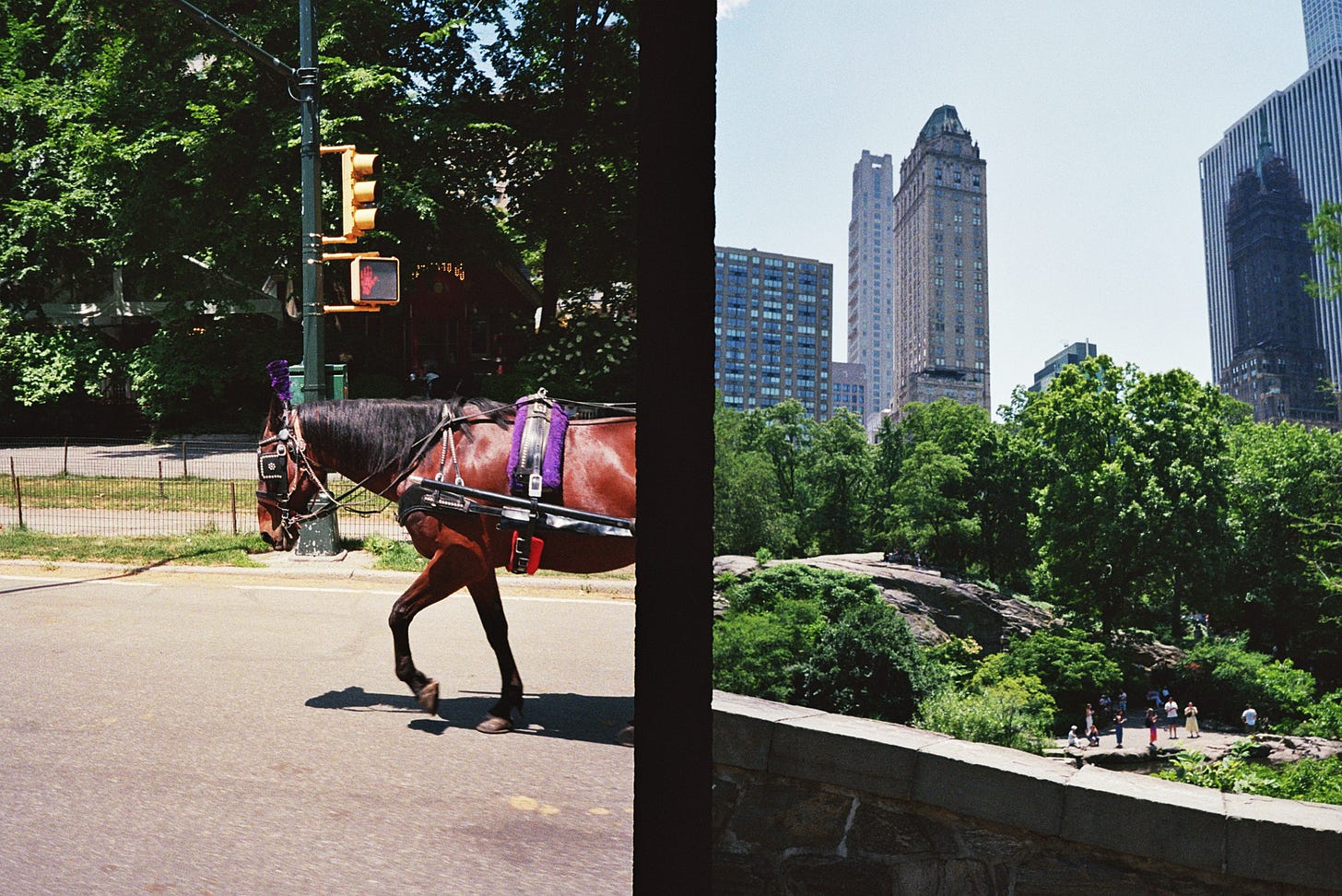
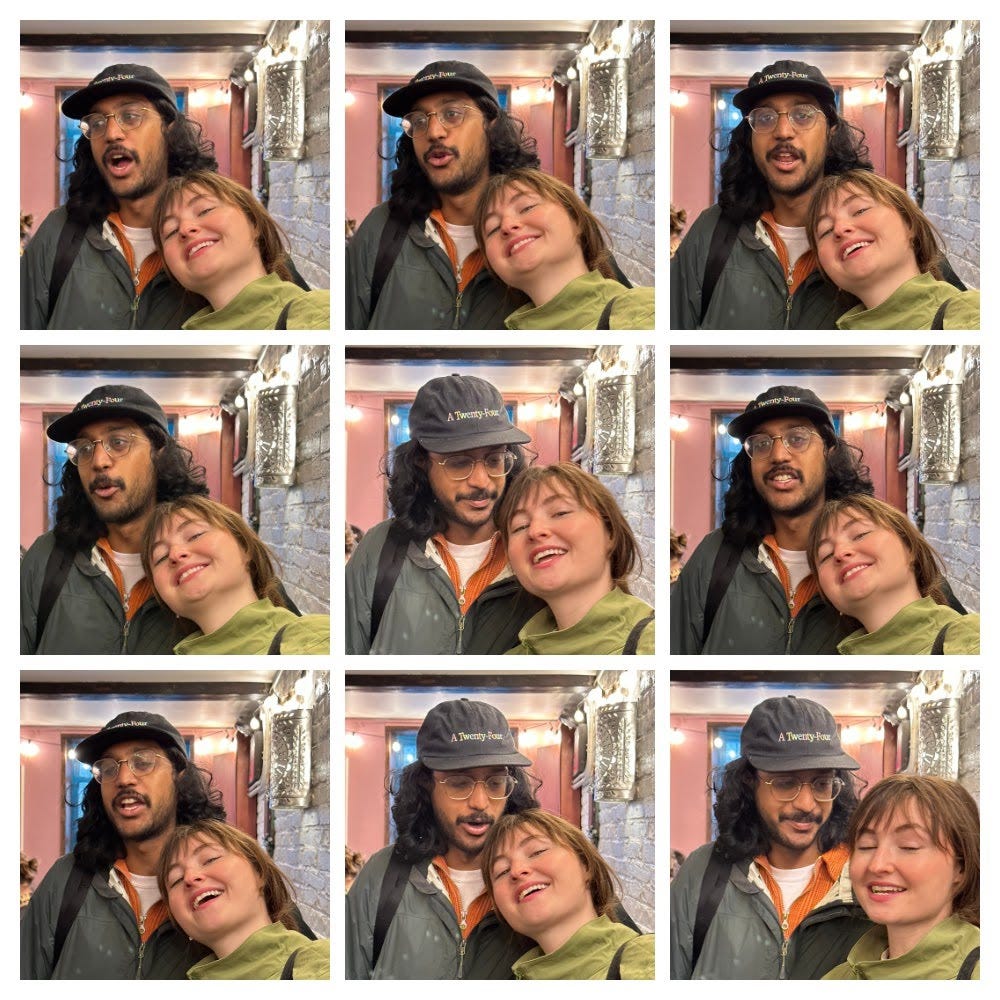
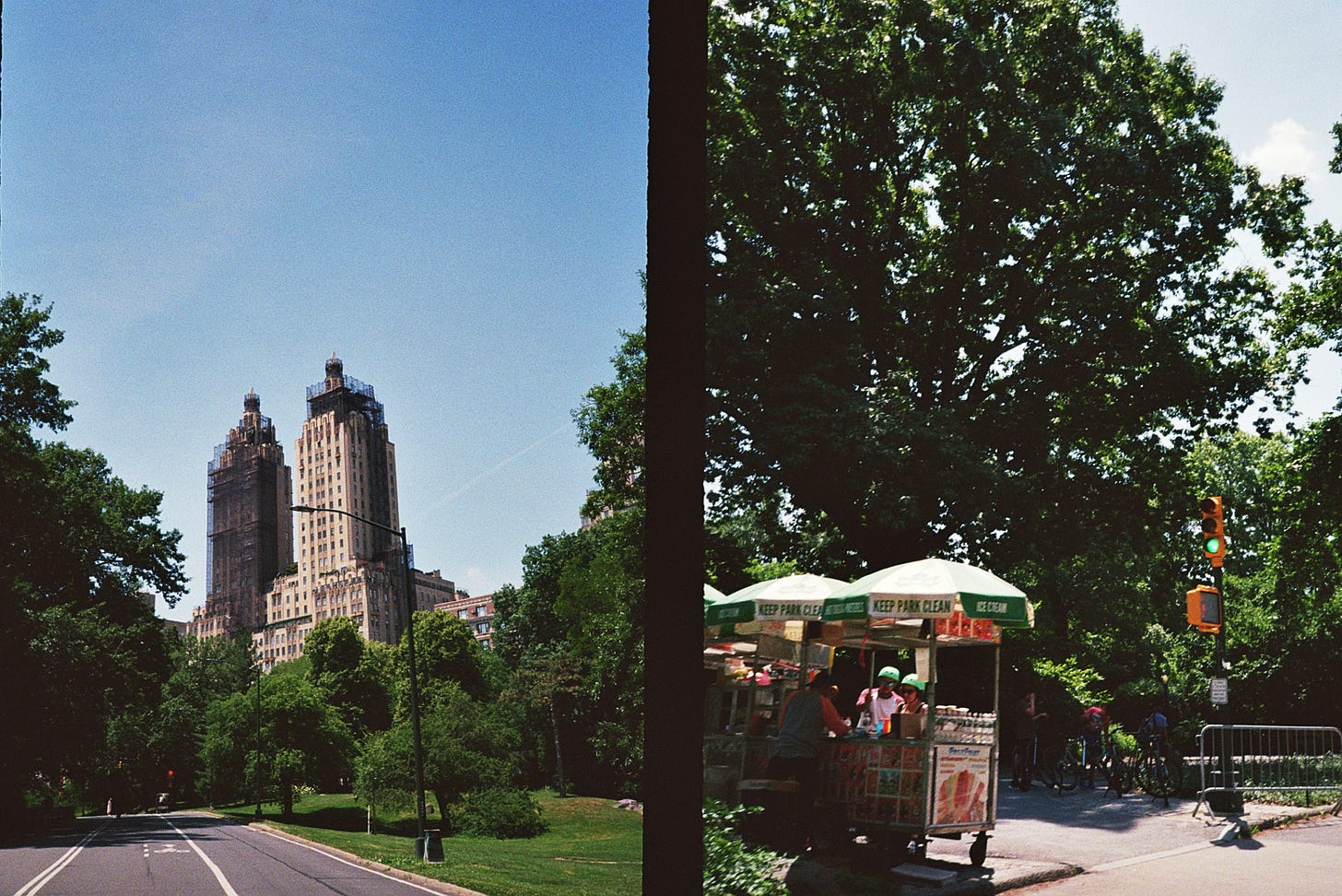
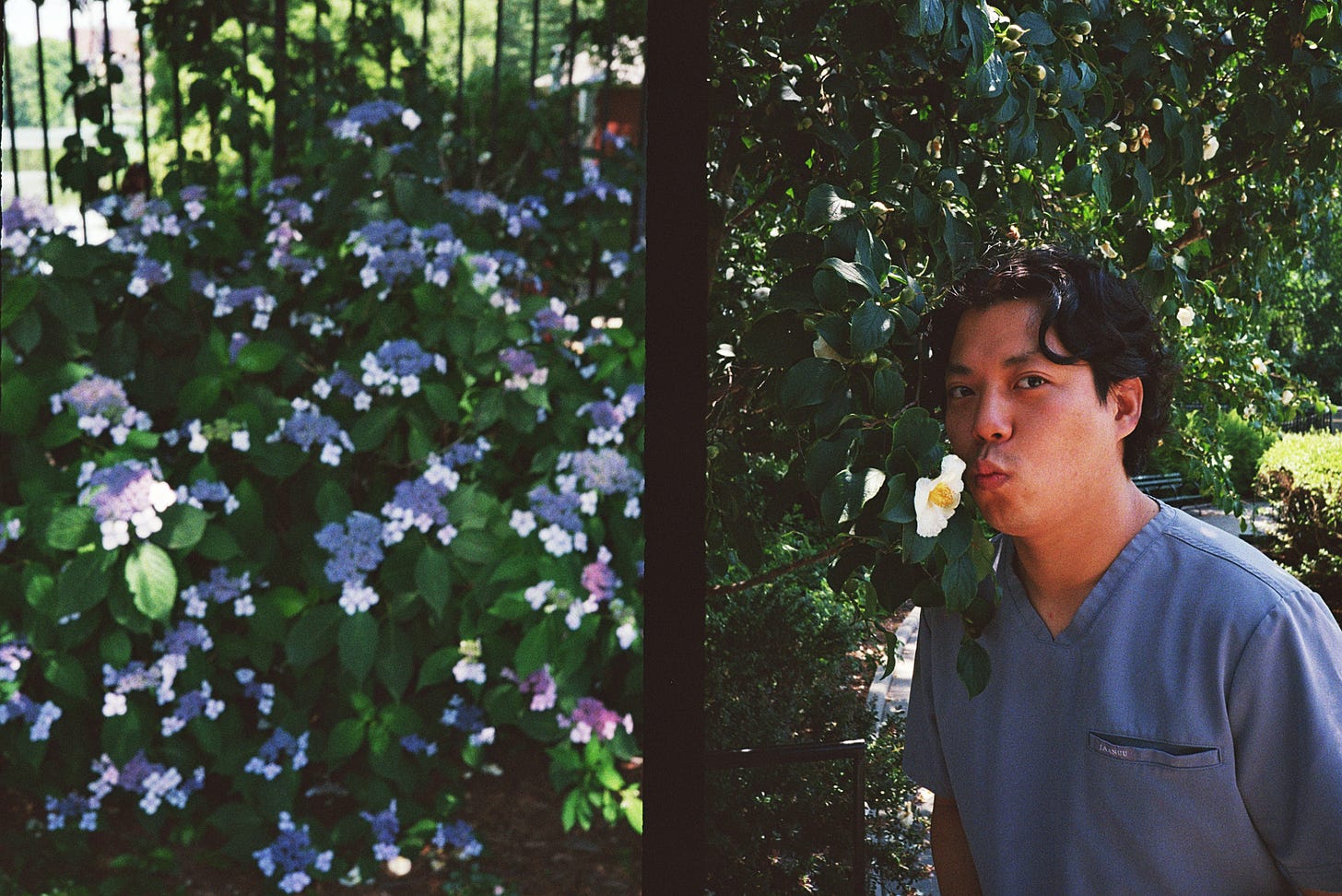

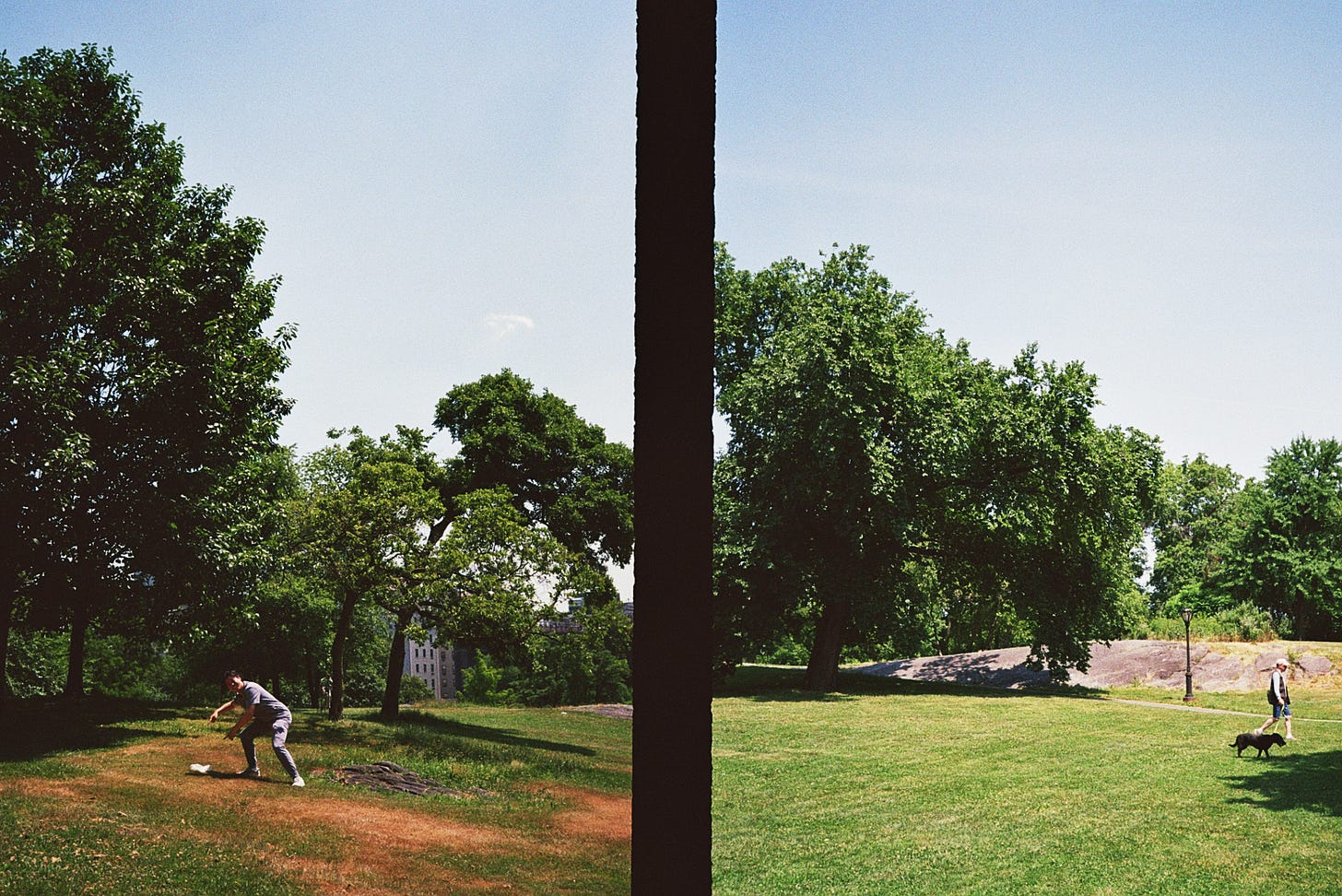
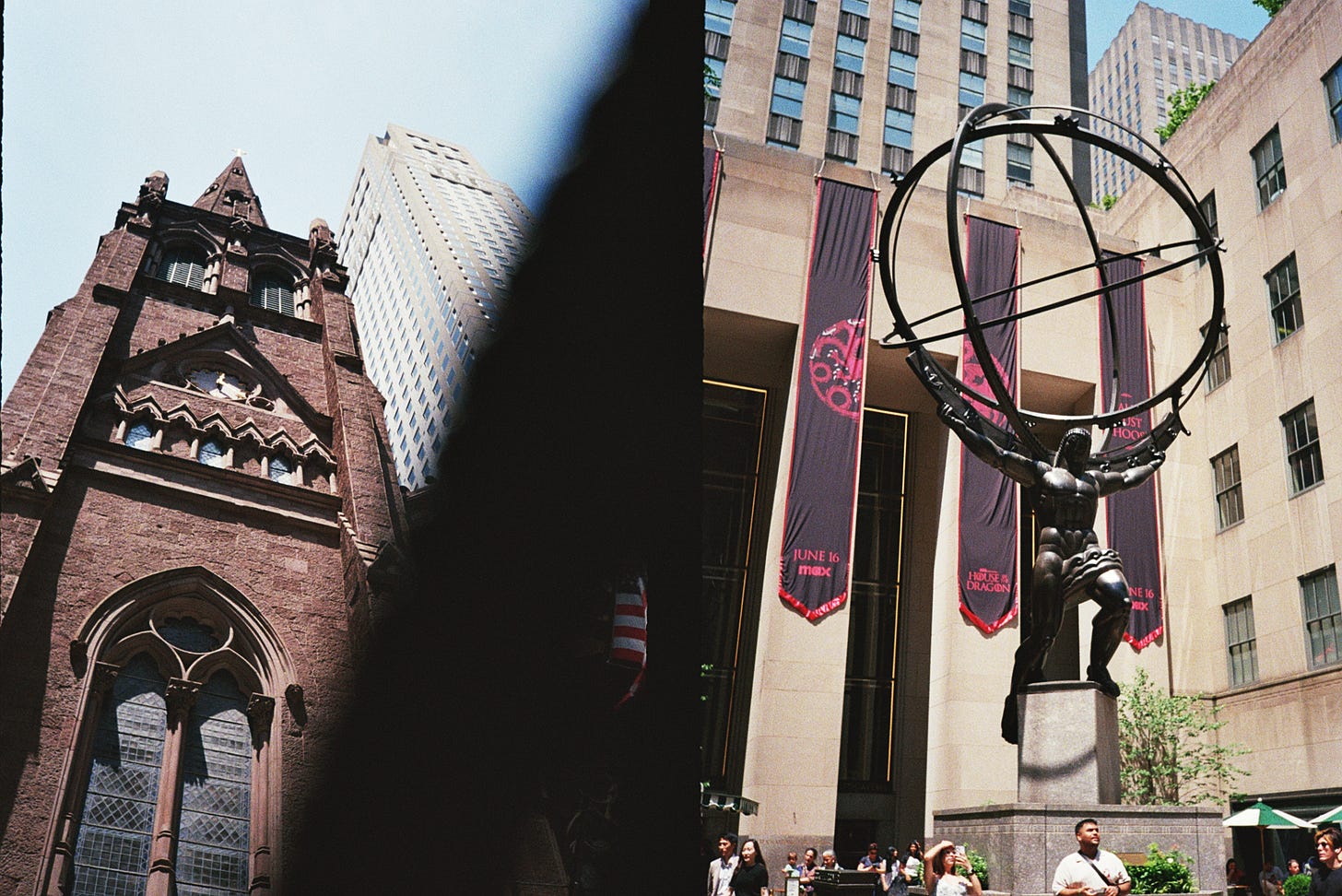
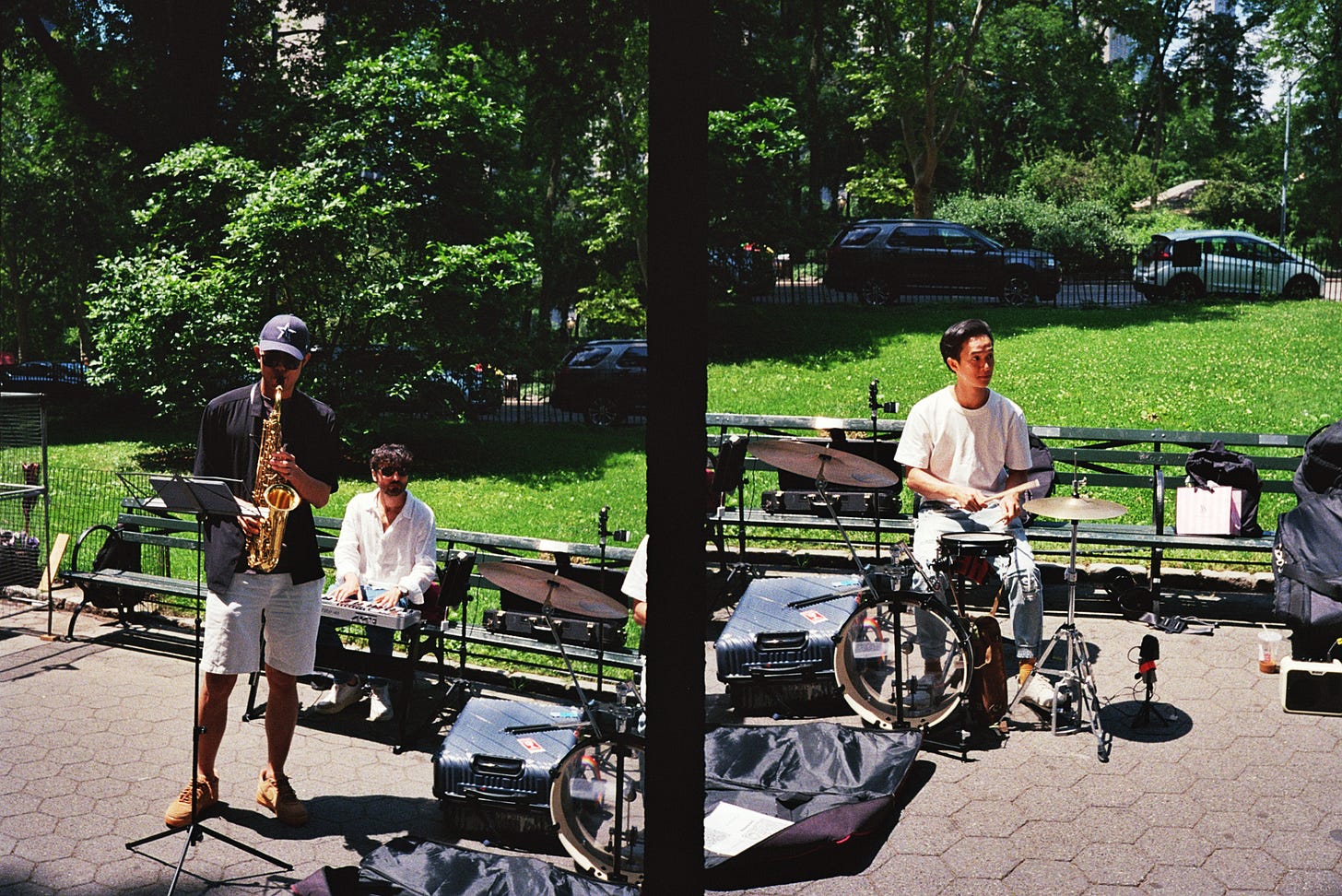
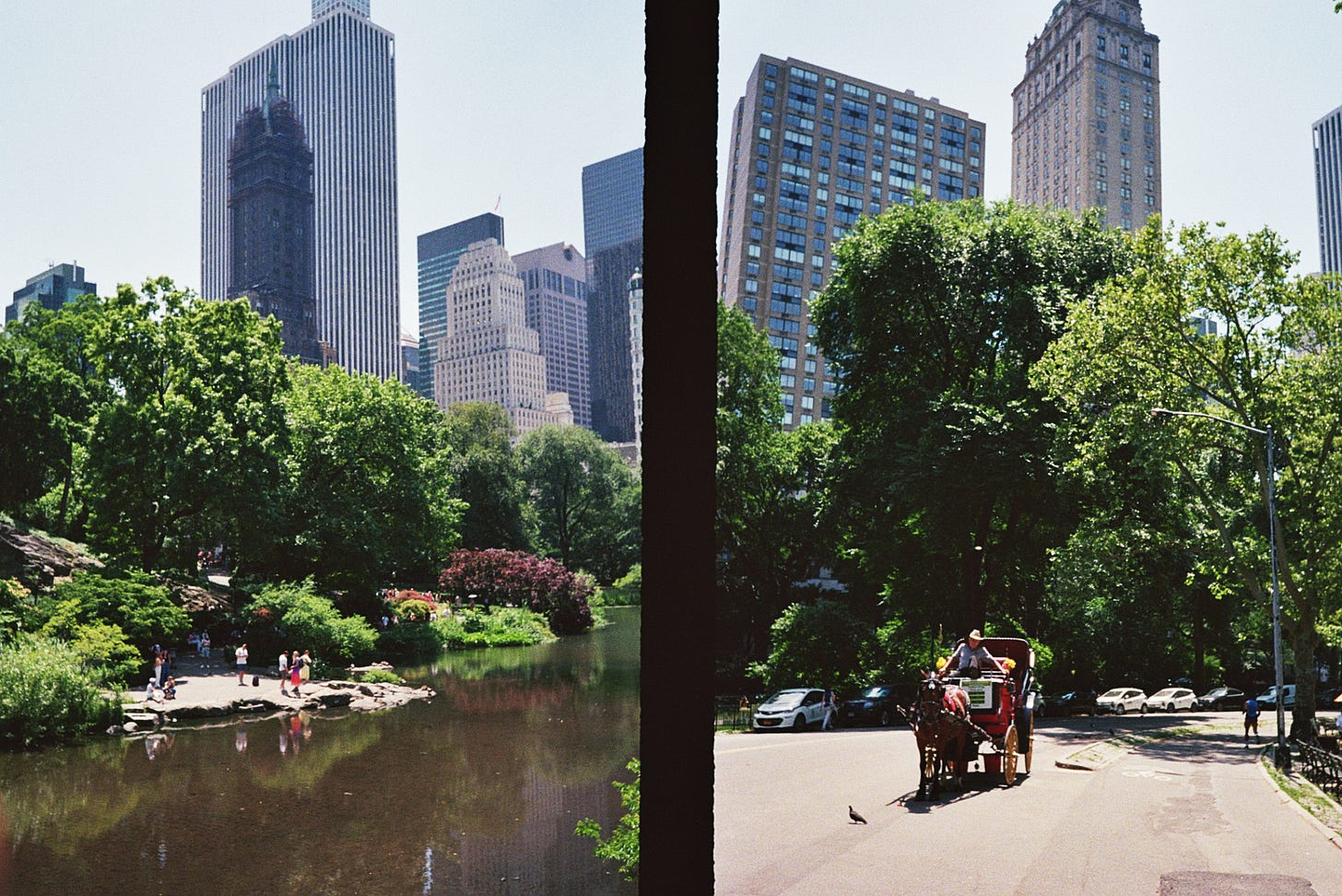
The freelancer is dead, long live the freelancer — all hail our new king, the unemployed maverick
I am one of those guys that still own a DSLR but I have noticed I only use it on particular trips I take. My iPhone (14 Pro Max) camera does a great job. So unless there are far away shots or some tricky shots the DSLR stays at home. I do not think a film camera investment is a good thing in this day and time